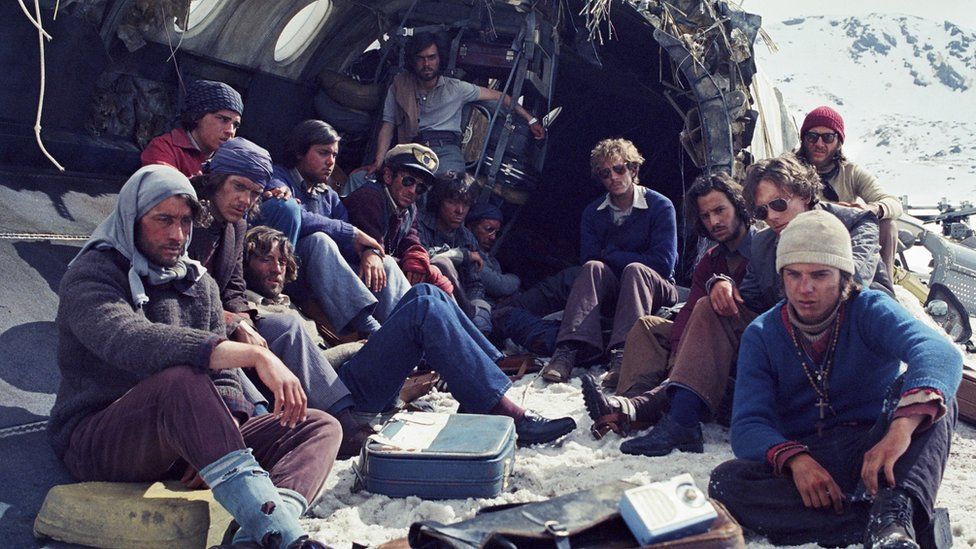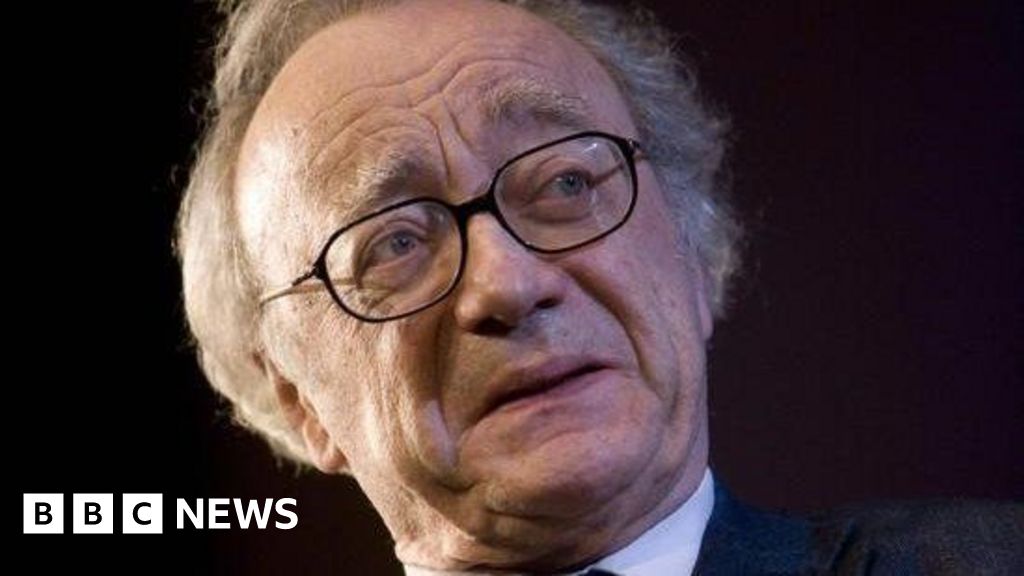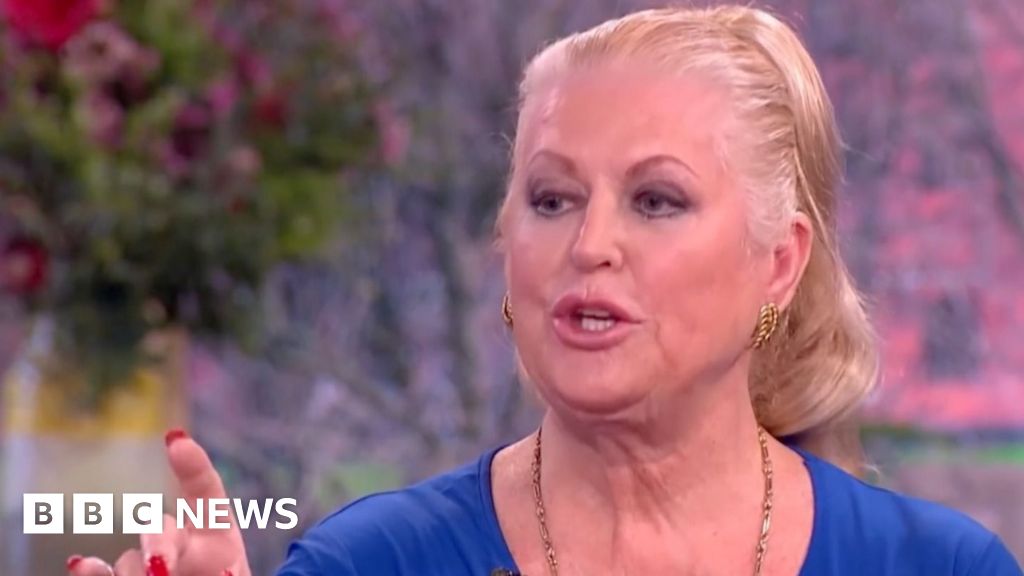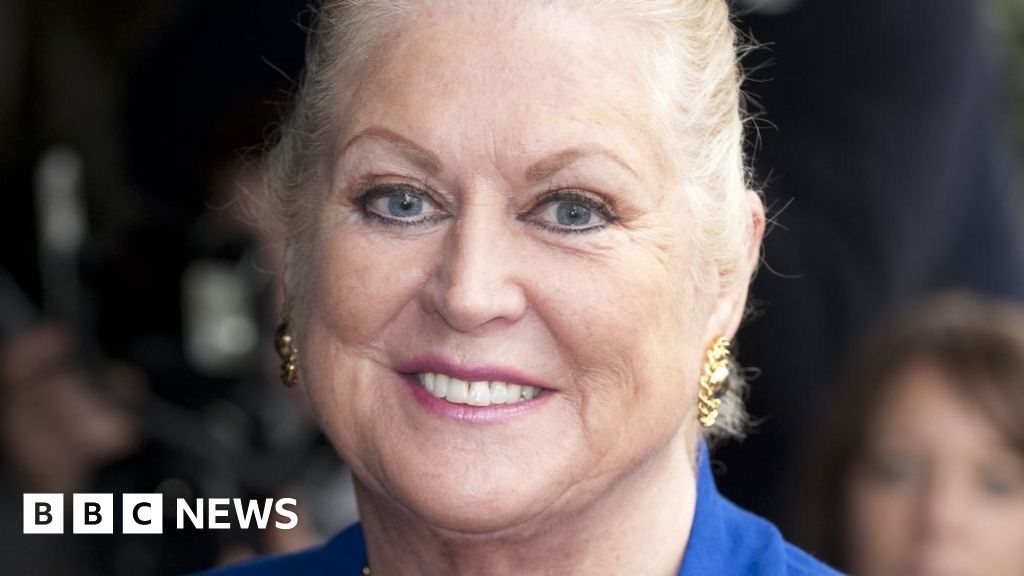ARTICLE AD BOX
 Image source, Netflix
Image source, Netflix
The film is about how 16 young men survived after a plane crash for 72 days
By Emma Jones
BBC Talking Movies
A survivor of a plane crash in the Andes, where the living resorted to cannibalism while waiting to be rescued, has said a film about it made him "smell the experience all over again".
Society of the Snow is the latest telling of a story that caused an international media frenzy in December 1972, when it emerged that 16 young men had survived Uruguayan Air Force Flight 571's crash.
A few days after their rescue, the world also learned what the men had done to survive their hunger.
Now 70 years old, and a motivational speaker, Carlitos Páez was the youngest survivor of the crash, marking his 19th birthday in the mountains.
He was part of the Old Christians Club rugby team, who were flying from Uruguay to Chile for a match, with 45 crew and passengers on board.
"The director brought me to that place again with the film," Páez says of watching the film, directed by JA Bayona, for the first time.
"Jay really took me there, he even brought back the smell of the experience. I felt everything like I was in the Andes 51 years ago."
Image source, Netflix
Image caption,Enzo Vogrincic plays one of the crash survivors
Such a sensational survival story has resulted in several documentaries about it over the last half century, as well as the 1993 Hollywood film Alive, directed by Frank Marshall and starring Ethan Hawke.
But Society of the Snow is a Spanish-language movie, made on an epic scale by Bayona.
He's previously directed Jurassic World: Fallen Kingdom as well as The Impossible, starring Naomi Watts, Ewan McGregor and Tom Holland, set during the 2004 Indian Ocean tsunami.
Páez appears on screen for a few minutes playing his own father, and the director also cast mainly young Uruguayan and Argentinian actors.
The film is based upon Pablo Vierci's 2009 book Society of the Snow, which features interviews with survivors of the crash.
Bayona also conducted his own interviews with them, as well as with the families of those who died.
Although most of the movie was filmed in the mountains of Spain, some scenes were shot in the Valley of Tears in the Andes, where the accident happened.
Dr Roberto Canessa, who survived a plane crash in the Andes in 1972, ate friends' bodies to survive
"We really trusted Jay with this film," Páez says. "And he was in touch all the time, asking questions of us.
"But the main thing is that all the survivors, and all the families of the people who died, there was unity among us when we watched the film.
"And it's a movie where you don't have a Hollywood type who's the star of the film. Everyone's the same, and that's important."
Páez says he doesn't mind the curiosity audiences have about the group's extreme measures to stay alive, and that he's come to terms with what happened.
"When I speak at conferences, I ask people to raise their hand if they wouldn't do it, and no one has ever raised their hand. Not one.
"You have to live through the process of 10 days of eating nothing, knowing that rescuers had stopped looking for you.
"We felt we had the right to life and the right to go back home, we didn't want to be in a film on Netflix or in Hollywood, we wanted to go home."
Although it doesn't shy away from the topic, the film mainly shows this aspect of their survival at a distance.
'Solemn pact'
Film industry publication Variety said in its review "there's more discussion and debate around the group's last resort turn to cannibalism … concerned about a lack of consent from the dead…than there is any depiction of the act".
Páez comments: "I think that speaks about Jay as a person for making that decision as it wasn't the topic or theme of the film. The theme of the film is life.
"But our decision was made in a much easier way than people might think, because most of us had reached the same conclusion independently as the only way we could live.
"And once we'd all discussed it and agreed, the first thing we did was make a solemn pact that we would offer ourselves to each other if we were to die.
"The second thing we did was to commission the medical students amongst us to take charge of it.
"Those poor students, they'd only been studying for one of two years, they hadn't even seen a dead body until then. But they assumed their role and did it."
Image source, Netflix
Image caption,The survivors had to exist on extremely limited resources
Bayona explains that his motivation for those scenes was "to suggest and not to show".
"To me it's all about going through the same emotions they went through," he says.
"I remember talking to one of the survivors and he told me, 'The first day we did it, it was horrible. We broke a taboo, we felt miserable. The second day we were in a line, waiting for our portion of the food.'
"It was important for me to put the audience on the same page as the survivors, and that's why we never show graphic images because they're impossible to understand when you're watching in the cinema."
He also says he asked his actors "to experience a little of what they (the survivors) went through" because they had to re-create the extreme weight loss of the 16 survivors.
"We shot in chronological order, in real locations," he relates. "The snow was real; the cold was real. They experienced that sense of isolation, and they experienced hunger as they were following a strict diet, under supervision.
"We had 140 days to reproduce the 72 days they spent in the mountains.
"The only scene we shot at the end, out of order, was the plane crash, and when we did those, the friendship you'll see on the plane between them was real."
Image source, Netflix
Image caption,The film captures the moment when the men were rescued
Society of the Snow has been nominated for a 2024 Golden Globe for best foreign language film, and is also Spain's Oscar entry.
However, Bayona says it took a decade to get the film financed because he insisted on making it in Spanish.
"We always were very protective with the idea of shooting the film in Spanish, because it's impossible to understand what these characters did if you don't understand the socio-political and cultural context. Language was a very important part of that," he says.
The men's ordeal ended on 23 December 1972 when they were finally rescued, but that was because two of the group made the decision to walk through the mountains for help, despite having little protective equipment.
After 10 days, they reached Chile and made contact with the authorities.
Páez describes seeing the rescue helicopters flying towards them as "still the great moment of my life".
Society of the Snow is released in cinemas in the UK and Ireland on 22 December 22, and streams on Netflix from4 January 4, 2024.

 1 year ago
33
1 year ago
33








 English (US) ·
English (US) ·